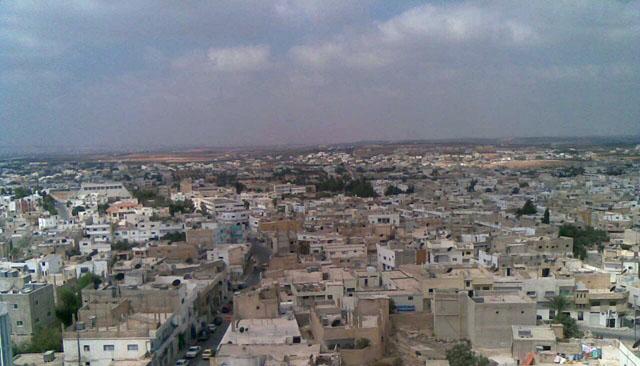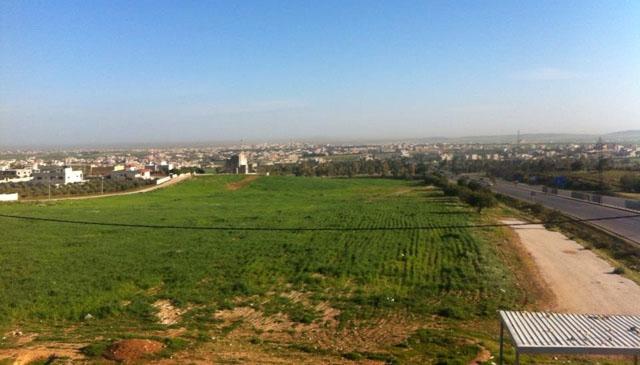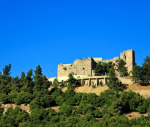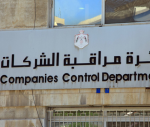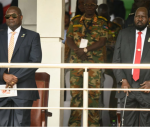You are here
‘Mafraq, Ramtha population doubled since start of Syrian crisis’
By Khetam Malkawi - Nov 27,2015 - Last updated at Nov 27,2015
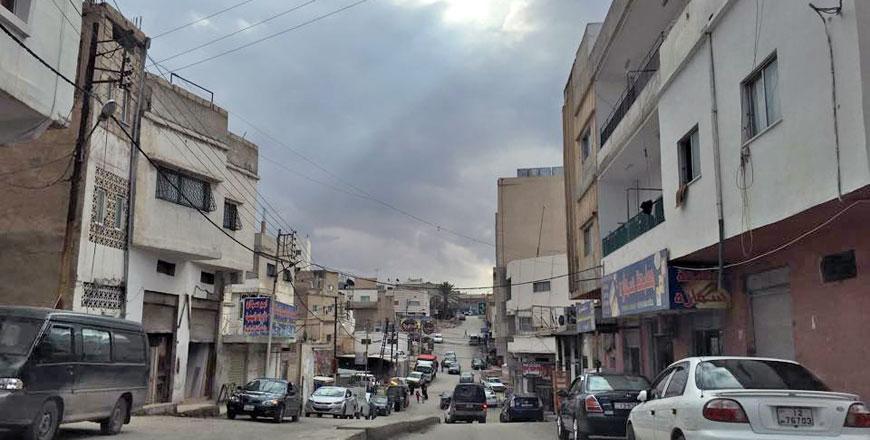
The city of Ramtha, some 90km north of Amman, where the population has almost doubled from 80,000 four years ago to over 150,000 (Photo courtesy of Ramtha community Facebook page)
AMMAN — Mafraq and Ramtha have seen their populations more than double in four years due to the influx of Syrian refugees, leaving the two northern cities struggling to cope with the growing number of residents.
Situated just a few kilometres away from the Syrian border, the two cities were the first to welcome Syrian refugees fleeing the violence that erupted in their country in 2011.
Like all Jordanians, Ramtha and Mafraq residents hoped that Syrians would not stay in the Kingdom for a long time, mayors of the relatively small cities said in separate interviews with The Jordan Times on Thursday.
The population of Mafraq, some 80km northeast of Amman, now stands at 200,000, while four years ago it was only 95,000, said Mayor Ahmad Mashaqbeh.
According to official reports, Mafraq is the governorate most affected by the Syrian refugee crisis as it faces challenges related to poverty, unemployment, health and education.
In previous remarks, Minister of Planning and International Cooperation Imad Fakhoury said the poverty rate in the governorate reached around 19.2 per cent, while the unemployment rate stood at 15 per cent, one of the highest in the Kingdom.
The minister also highlighted problems of rented schools, which constitute 28 per cent of public schools.
“It is not easy to cope with this huge growth in population, but do we have other choices for now?” asked Mashaqbeh, who said poverty rates are on the rise because the cost of living is rising.
He said rents more than tripled in Mafraq, with the rent of an average apartment currently standing at around JD300 per month, while four years ago it ranged between JD100 and JD120.
The mayor cited healthcare services as another sector hard hit by the influx of Syrians, explaining that prior to the refugee crisis, the average waiting time for patients was 15 minutes, while now it is up to two hours.
“Syrians receive healthcare services at the same facilities that were designed to accommodate the original population,” he said.
Similarly, Ramtha Mayor Ibrahim Saqqar said the situation of key services in the border town is deteriorating due to the sudden growth in population.
Due to the high demand for housing units, residents of Ramtha, some 90km north of Amman, are building houses in areas classified as agricultural zones, he said.
According to Saqqar, the population of Ramtha has gone up from 80,000 four years ago to over 150,000.
“The municipality cannot rehabilitate the infrastructure that was not ready for this growth in population,” he indicated, adding that the new buildings outside residential areas need water networks and other infrastructure services that the municipality cannot afford to offer.
“We have requested government assistance in establishing the networks, but no support has been received so far,” Saqqar noted.
The mayors said they were disappointed by international aid to host communities affected by the Syrian crisis.
Official figures estimate the number of Syrians in Jordan at around 1.4 million, of whom 633,644 are registered as refugees with the UNHCR
Around 100,000 of the refugees live in designated camps while the rest reside in cities and villages across the Kingdom.
Authorities say Syrians now represent nearly 20 per cent of the Kingdom’s population.
Related Articles
Sanitation services in northern municipalities are under severe pressure due to the “large” numbers of Syrians residing in host communities, local officials said.
Since the population of the northern city of Ramtha has almost doubled in just three years due to the influx of Syrians, the municipality can barely deal with environmental issues, Ramtha Mayor Ibrahim Saqqar said Thursday.
AMMAN – Mayors of northern municipalities say they are not receiving enough support to cope with the “severe” pressure on services and infra


